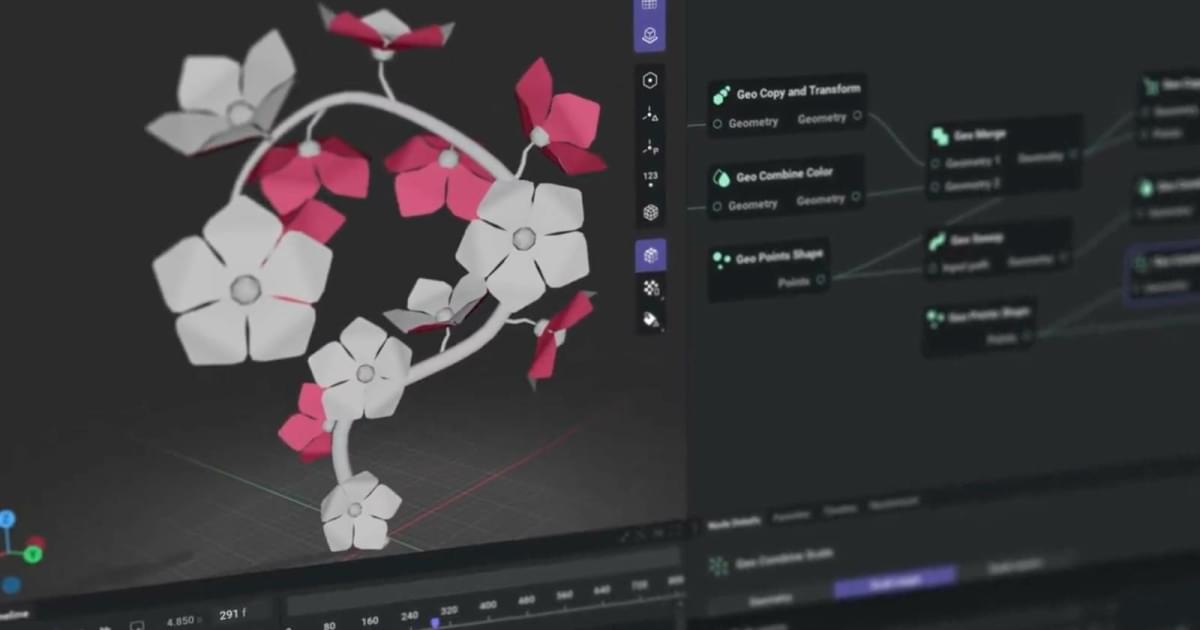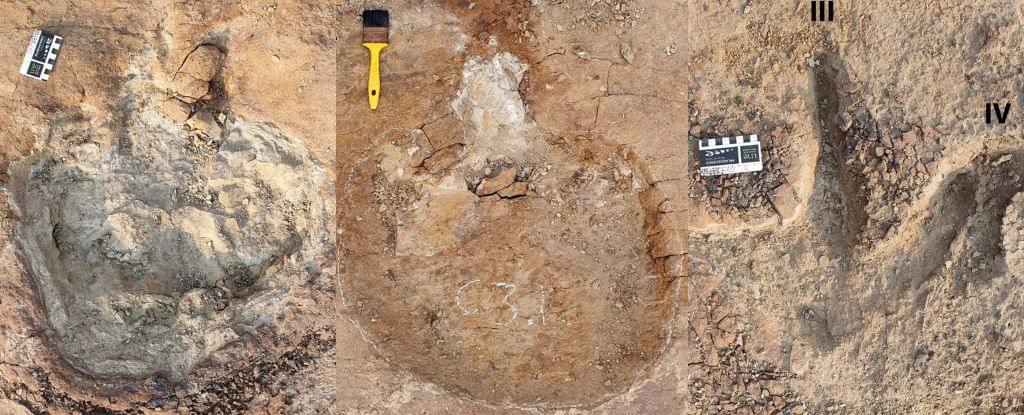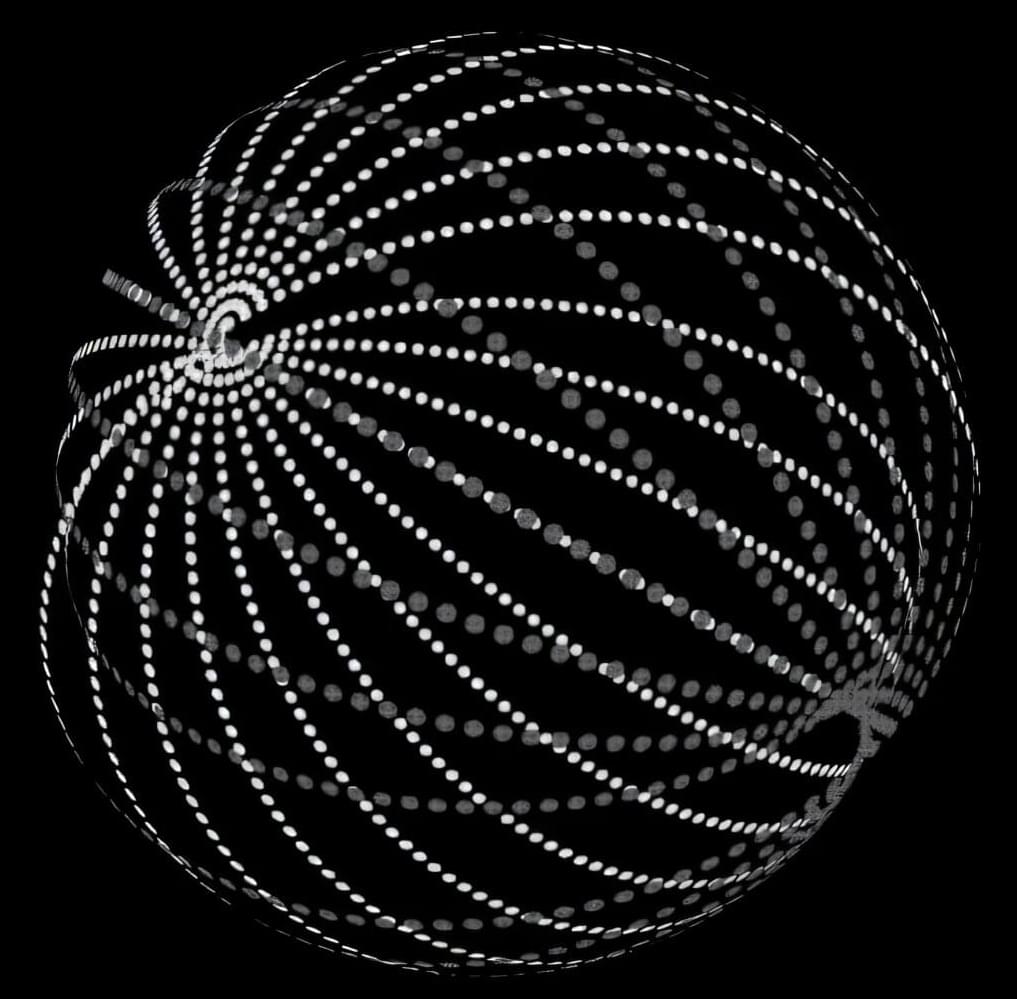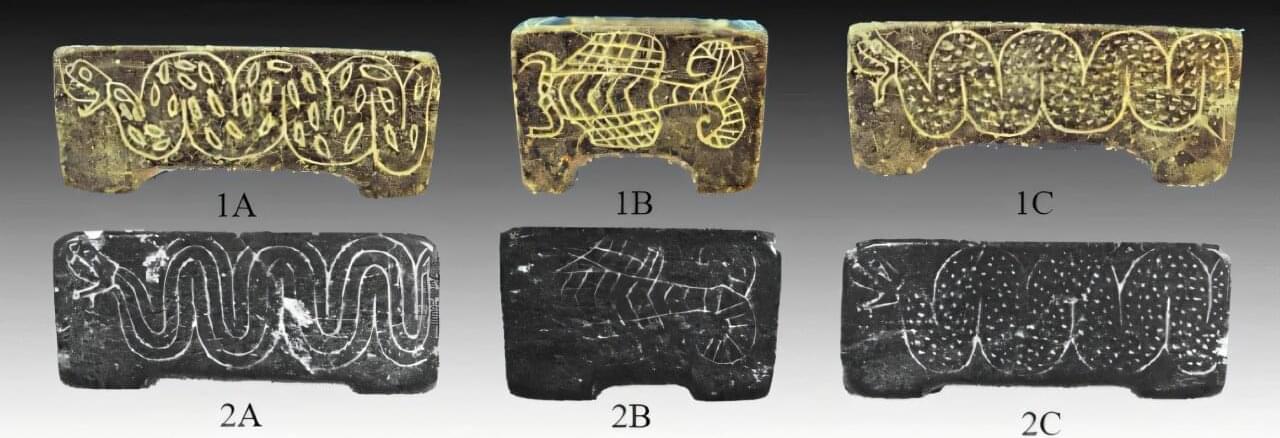Doroni Aerospace is building a new category of transportation — and we’re closer than ever to bringing it to life.



Lithium is considered a key ingredient in the future commercial fusion power plants known as tokamaks, and there are several ways to use this metal to enhance the process. But a key question remained: How much does it impact the amount of fuel trapped in the walls of tokamaks?
According to new research from a global collaboration spanning nine institutions, the dominant driver of fuel retention is co-deposition: a process where fuel is trapped alongside lithium. Co-deposition can happen with lithium that is directly added during plasma operations, or lithium that has been previously deposited on the walls, only to wear away and be redeposited.
The research also showed that adding lithium during operation is more effective than pre-coating the walls with lithium in terms of creating an even temperature from the core of the plasma to its edge, which can help create the stable plasma conditions needed for commercial fusion.
Wiz found a critical Base44 flaw letting attackers access private apps via public app_id. Fixed by Wix.
Browser-based identity attacks surge in 2025, targeting SaaS apps and weak credentials across enterprise accounts.


Roughly 76 million years ago, a herd of herbivorous dinosaurs left a trail of footprints that reveals different species may have walked together – and been stalked together, too.
An international team of paleontologists discovered the trackways preserved in ironstone at Canada’s Dinosaur Provincial Park. This area is known for its remarkable fossil specimens, but these are the first good set of tracks found in the area.
They reveal something fascinating: tracks from at least five ceratopsian dinosaurs appear alongside those of an ankylosaurid, meaning this could be the first evidence of multi-species herding among dinosaurs.

A compact optical frequency division system with magnesium-fluoride-microresonator-based frequency references and silicon-nitride-microresonator-based comb generators is reported, offering a soliton pulse train at 25-GHz microwaves with an absolute phase noise of −141 dBc Hz–1 and timing noise below 546 zs Hz–1/2 at a 10-kHz offset frequency.

Diverse perspectives, especially those from Indigenous knowledge systems, can enhance our ability to respond to environmental changes. Integrating alternative time-keeping methods into mainstream practices could foster fairer and more effective solutions to environmental problems.
Seasons are more than just divisions of time — they connect us with nature. Finding synchrony with changing seasonal rhythms is essential for building a sustainable future.
This edited article is republished from The Conversation under a Creative Commons license. Read the original article.

In 2015, astronomer Tabetha Boyajian and colleagues announced the discovery of unusual light fluctuations coming from a star about 1,500 light-years away. It came to be known as “Tabby’s star” or “Boyajian’s star,” and the peculiar alterations in the light transmitted to Earth quickly drew attention.
